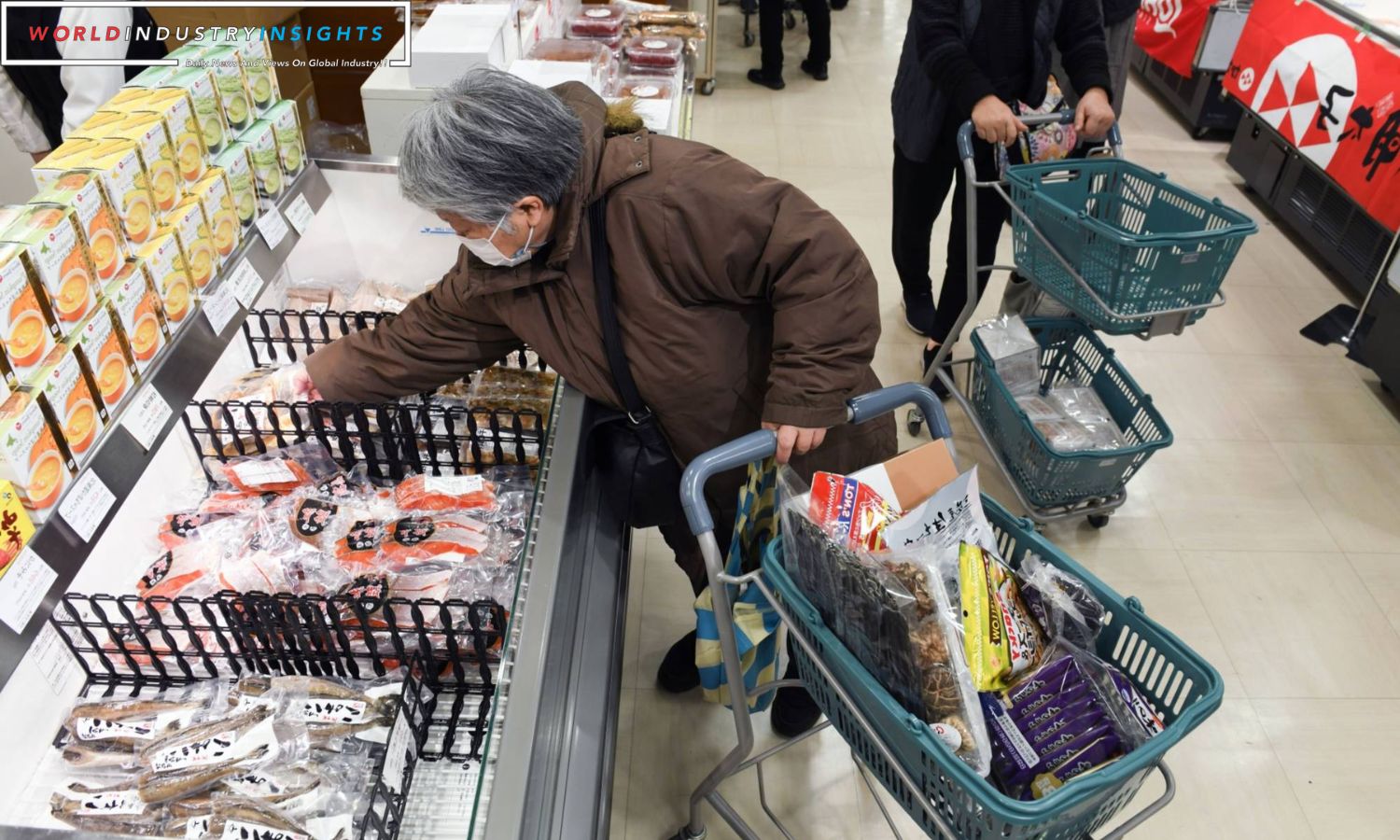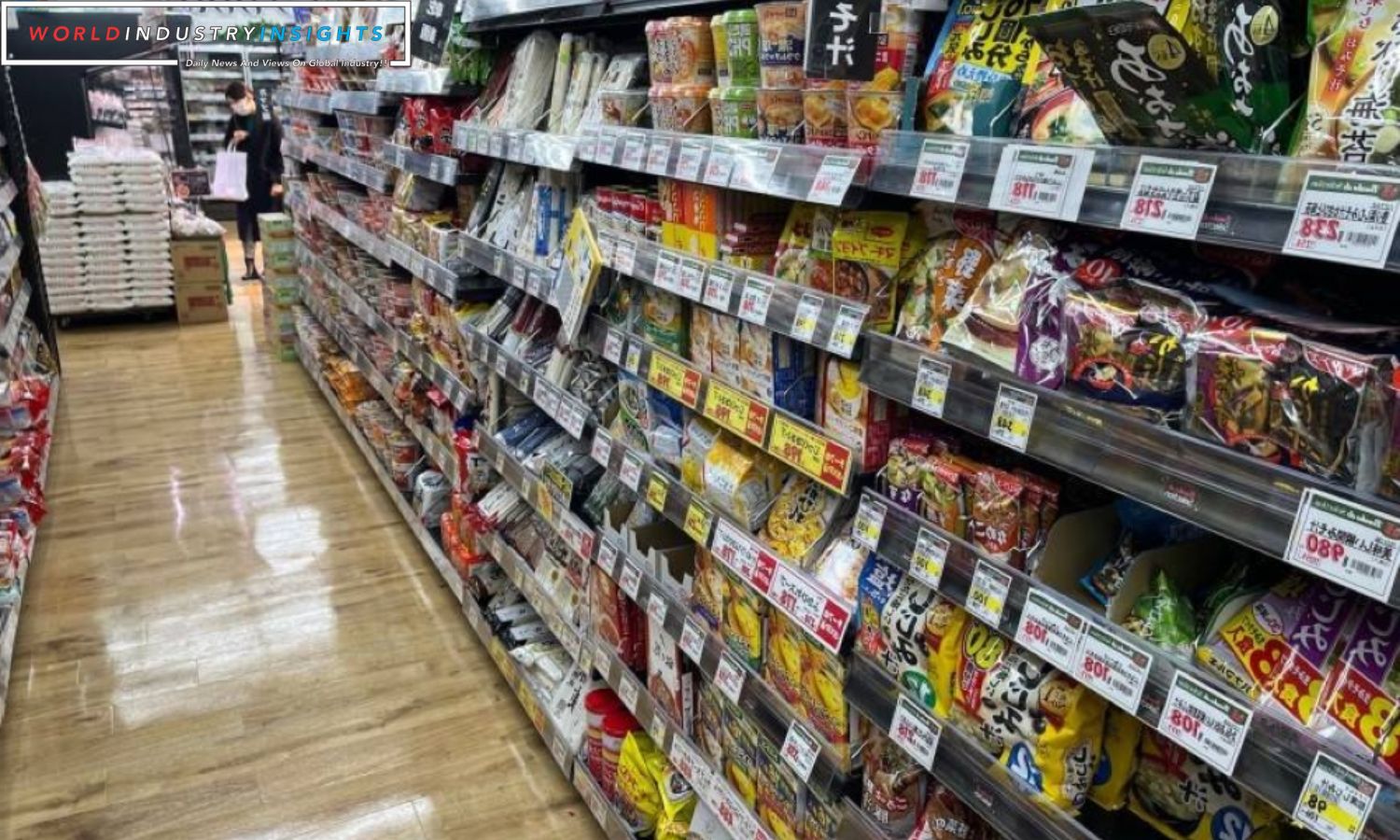Japan Inflation Puzzle: Japan’s economic landscape witnessed a subtle shift in October as core consumer price growth showed a slight uptick, following a moderation in the previous month. The nationwide core consumer price index (CPI), excluding volatile fresh food costs, registered a 2.9% year-on-year increase in October, according to government data released on Friday. While this figure fell slightly below the 3.0% forecasted by economists, it still underscored the persistent nature of inflationary pressures in the country.
September core inflation fell to 2.8% from 3.1% in August. The rate dropped below 3% for the first time since August 2022. For 19 months, inflation has exceeded the Bank of Japan’s (BOJ) 2% target. Despite this, the BOJ has regularly attributed these cost pressures to increased global commodity prices and the yen devaluation, dismissing them as signs of sustainable price hikes fueled by strong domestic demand and wage growth.
Yoshimasa Maruyama, Chief Market Economist at SMBC Nikko Securities, commented on the situation, stating, “I expect the central bank to end negative interest rates and remove yield control as early as in April when they see the results of labor-management wages talks and the ongoing move among companies towards passing on costs.” This sentiment reflects growing speculation that the BOJ may need to abandon its negative interest rate policy and yield curve control in response to inflationary pressures that show no signs of abating.
Also Read: Japan Inflation Pulse Weakens Dips Below 1% Amid Global Cost Pressures
In the year to October, the core-core index, which excludes fresh food and fuel, rose 4.0%. Although there was a little slowdown from September’s 4.2% growth, it was the eighth consecutive month above 4.0%. Given the BOJ’s efforts to make the 10-year yield target more flexible, pushing the Japanese Government Bond (JGB) yield closer to 1%, some analysts view its yield control policy as outmoded.
The prevailing speculation regarding the potential abandonment of the negative interest rate policy and yield curve control by the BOJ is met with resistance from the central bank. The BOJ maintains that the current global cost-push inflation is not sustainable and underscores the necessity of healthy wage growth to drive domestic demand and ensure price stability in a consistent and sustainable manner.
Recent inflation statistics will be discussed at the BOJ’s two-day policy meeting on December 19. The Japanese government also encourages enterprises to raise wages to help workers cope with growing living costs. The changing Japanese economy reveals a complex interaction of global and domestic forces, keeping investors and policymakers alert for monetary policy moves.
Our Reader’s Queries
How did Japan solve inflation?
By keeping interest rates below zero, the BoJ is able to boost productivity and reduce the need for additional welfare payments. This approach has helped to keep prices in check, resulting in Japan’s impressive inflation targeting performance.
What is the Phillips curve for Japan?
The Phillips curve in Japan supports the idea that as unemployment rises, inflation decreases. New data has confirmed a linear and lagged generalized Phillips curve that connects inflation, unemployment, and labor force. This validates the original concept and provides further insight into the relationship between these economic factors.
What is the package for inflation in Japan?
Japan’s Prime Minister, Fumio Kishida, delivered a policy speech during an extraordinary session at the lower house of parliament in Tokyo, Japan on Monday, October 23, 2023. Kishida’s reaction during the speech was notable, as he expressed his views on important policy matters. The speech was a significant event for the country, as it provided insight into the government’s plans for the future. Kishida’s delivery was confident and professional, reflecting his commitment to serving the people of Japan. Overall, the speech was well-received and demonstrated Kishida’s leadership skills.
Is Japan still in deflation?
Deflation, as defined by the government, is characterized by a sustained decrease in prices. Despite this, the Japanese government has yet to announce the end of deflation. Relevant indicators suggest that the country is still grappling with this economic phenomenon.


